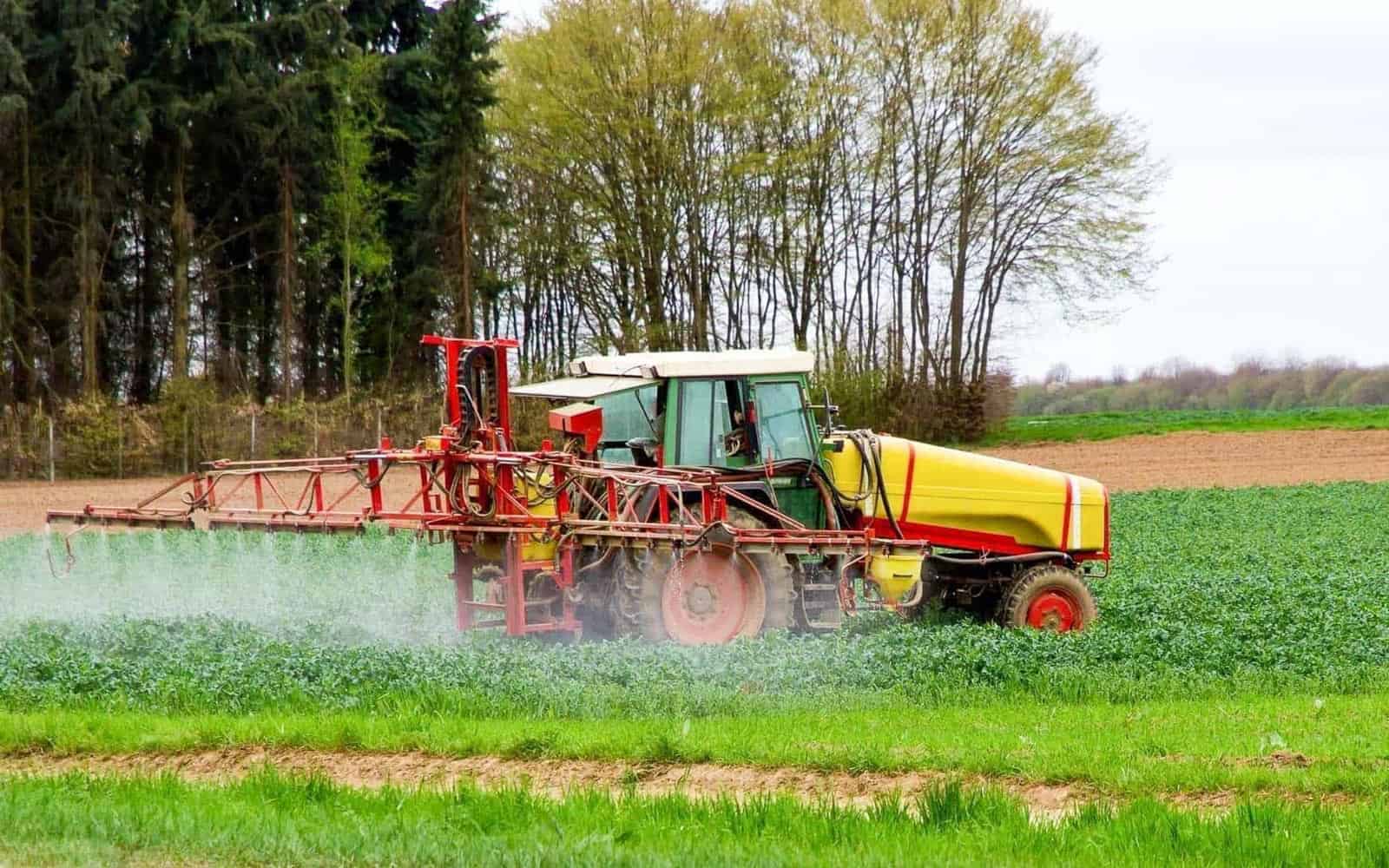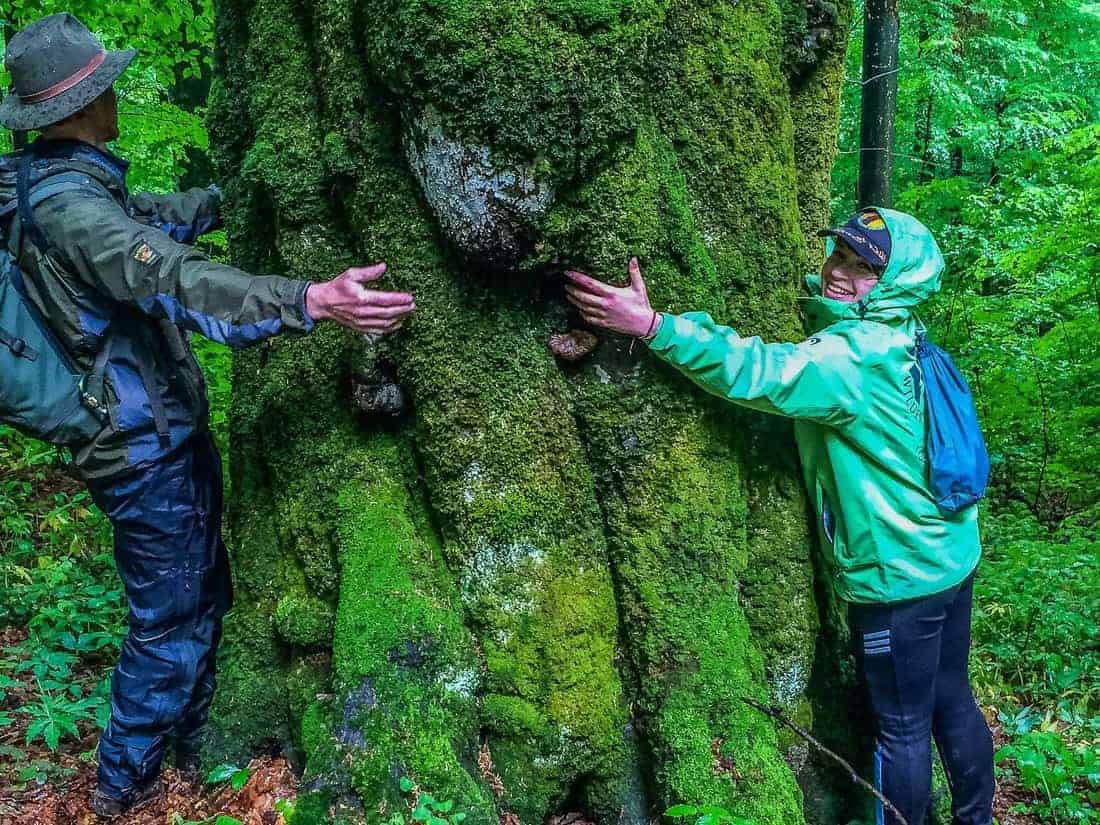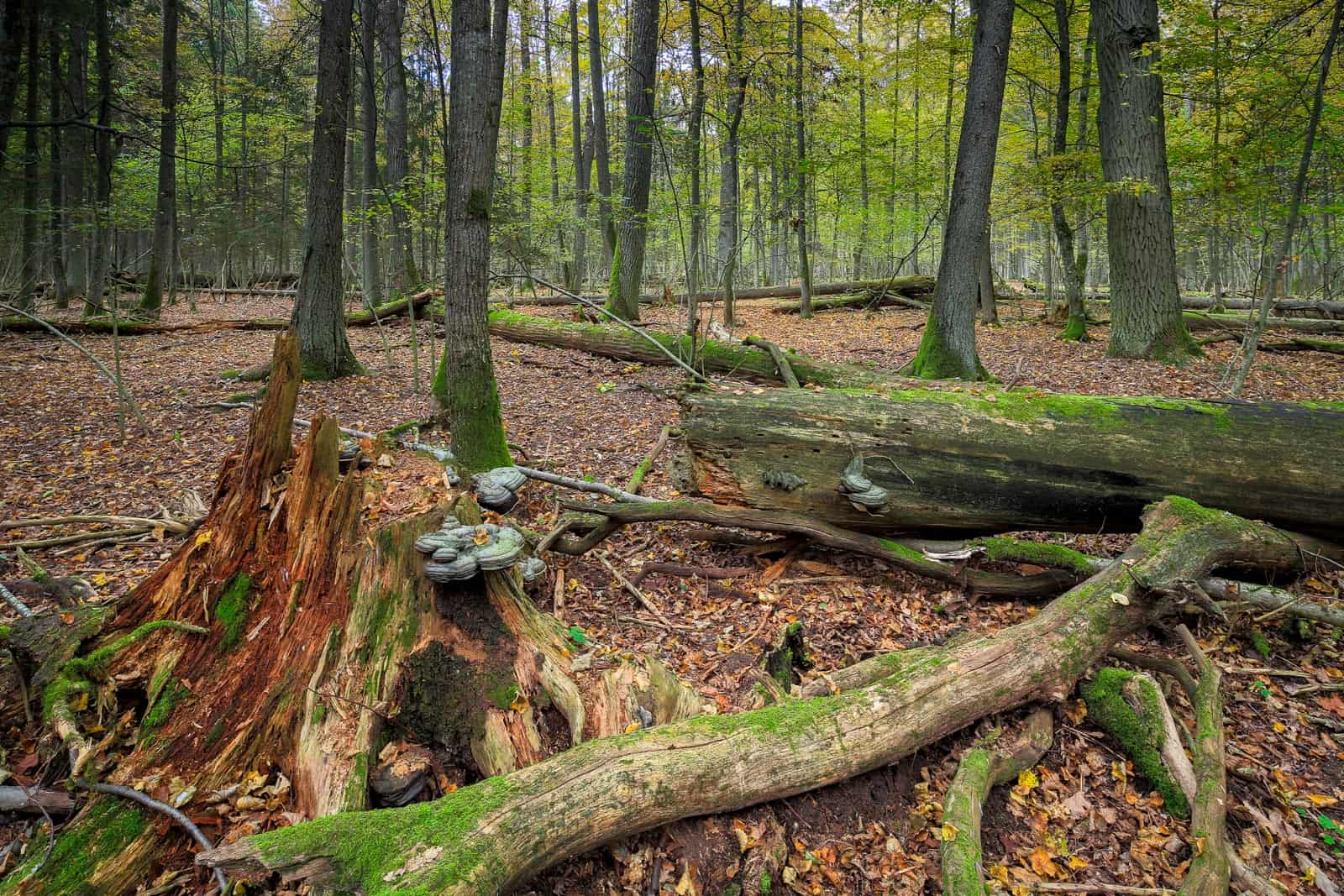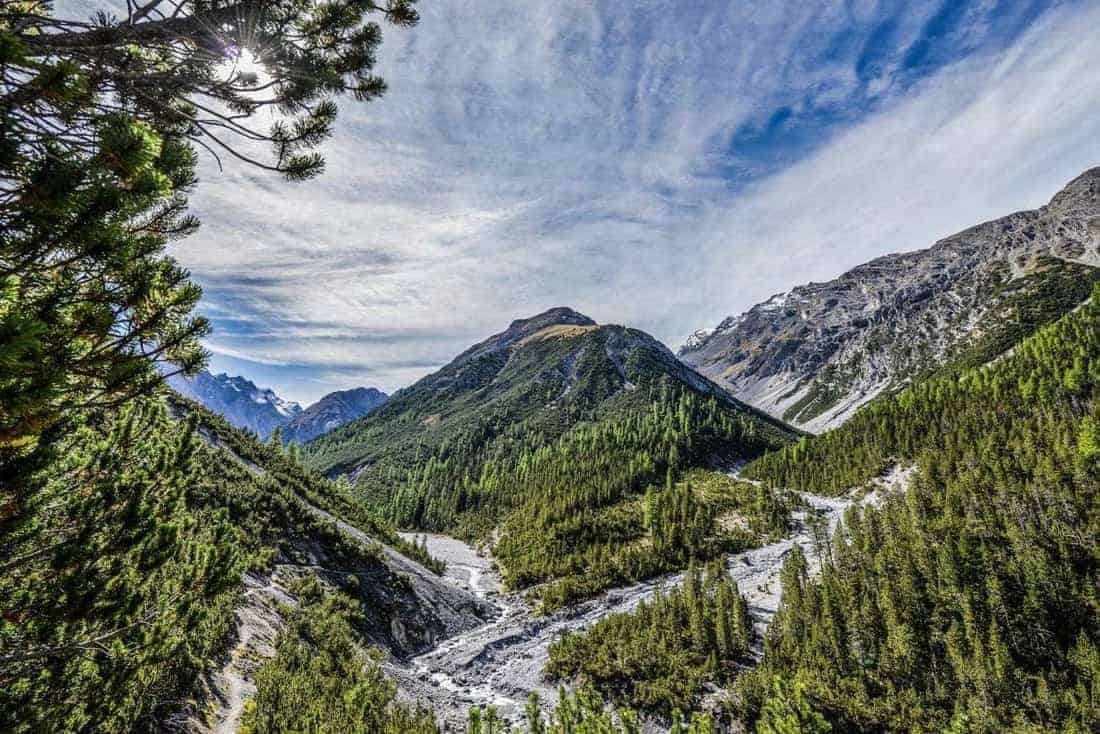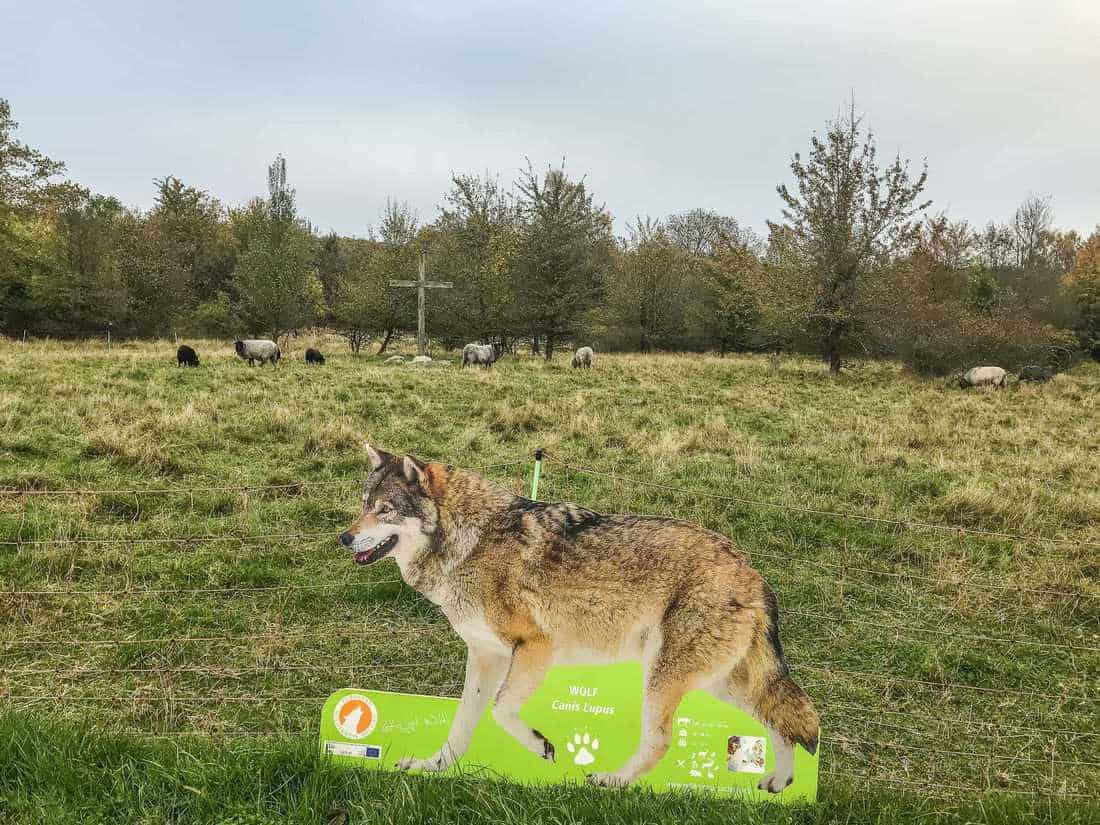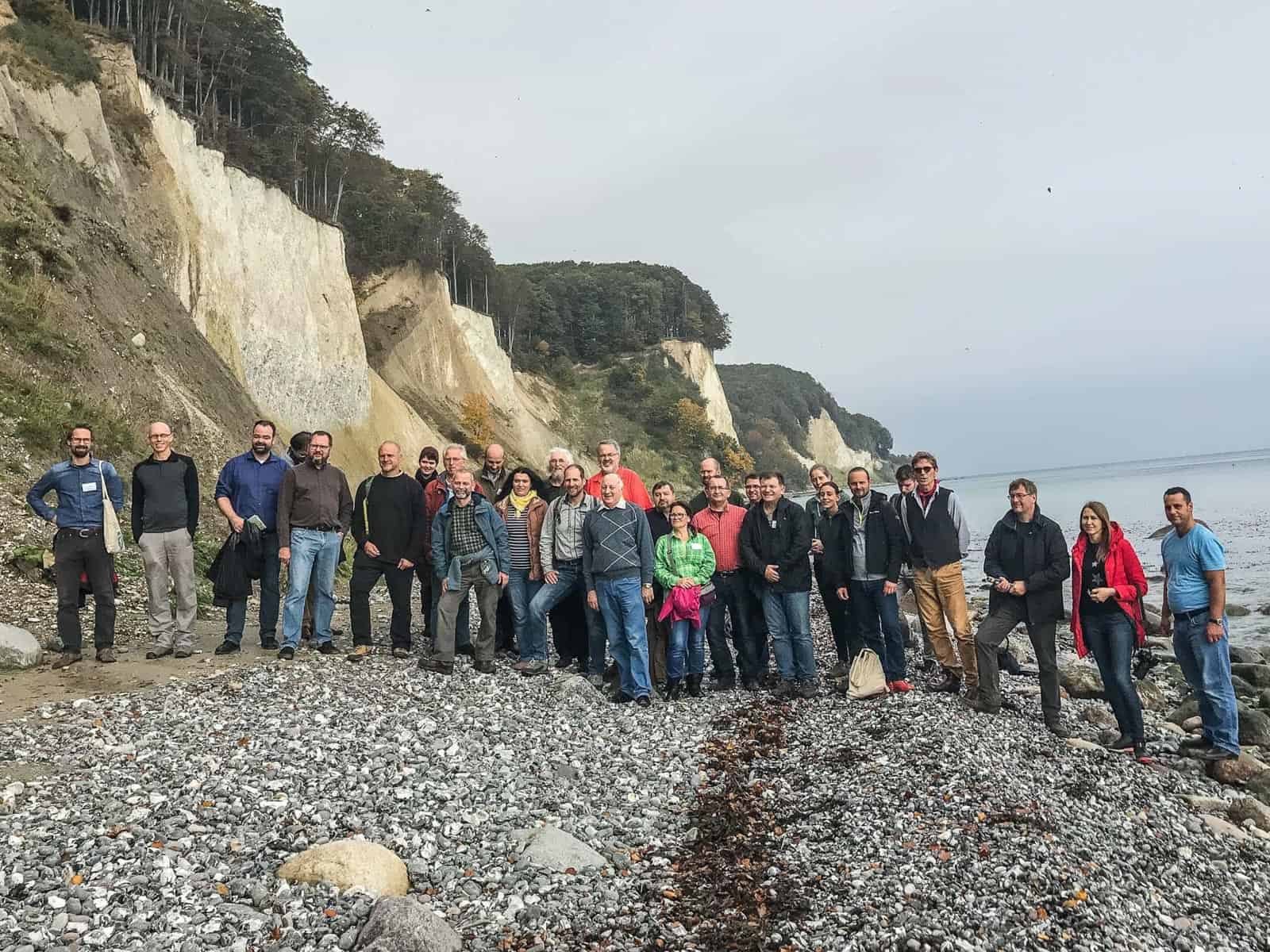New EU Agricultural Policy continues funding harmful intensive farming
Last week, on 25 June 2021, representatives from European governments, the European Parliament and the European Commission struck a deal on the EU’s farming policy, the Common Agricultural Policy (CAP). Like in the previous CAP reform in 2013, the Agriculture Commissioner praised the outcome as “one of the most ambitious CAP reforms in history”, while the Council’s Portuguese Presidency team defined it as “the way for a simpler, fairer and greener CAP that will provide a sustainable future for EU farmers and citizens”. In contrast, environmental NGOs unanimously criticised the deal, calling it “greenwashing” and a “monumental failure of political leadership”. So, is the new CAP up to the challenges we face in this crucial decade for action on the climate and biodiversity crises?
What will the new CAP include?
Among the most important changes, the CAP introduces a new way of working: each member state will design a strategic plan outlining how it intends to spend the CAP funds taking into account national needs and characteristics. The Commission will review the plans before disbursing the money.
Countries will have to allocate a minimum of 25 per cent of direct payments to eco-schemes (environmentally friendly initiatives such as organic farming or precision farming), while at least 35 per cent of rural development funds must go to projects that promote environmental, climate and animal welfare practices. The reform also envisions a mandatory redistribution of payments: countries will redistribute at least 10 per cent to the benefit of smaller farms.
This CAP is a betrayal of the farmers who are trying to adapt to climate change, a death sentence for nature, an open invitation to oligarchs to continue to pillage the public coffers, and a slap in the face of young people asking for a liveable future. It is simply a disgrace that no amount of spin, propaganda and greenwashing can hide.

Analysing the new Common Agricultural Policy (CAP)
The EU spends almost a third of its budget on Common Agricultural Policy subsidies, around 54 billion € per year. Thus, CAP money is one of the defining factors in the current agriculture practices in the EU. However, scientific consensus indicates that the CAP subsidies promotes intensive agriculture and factory farming. Practices that directly lead to biodiversity loss, climate change, and water and air pollution. In fact, CAP subsidies the most profitable and polluting farms, and has seen a third of EU farms disappear since 2005.
EU’s own audition service, and over 3600 scientists, warn that the new deal, which claims to be more “green”, is in reality full of greenwashing. Therefore, for the next seven years (2021-2027) it will most likely continue to support destructive intensive and factory farming practices, pushing many species towards extinction. This is how:
- Fake climate accounting: harmful subsidies that could count as climate action.
- Massive financial subsidies most likely will continue to support intensive livestock farming through coupled payments and investment support.
- National governments will have flexibility without clear safeguards for climate and environment, which generally leads to prioritisation of socio-economic objectives. Thus, there will be no requirements to be aligned with the EU Green Deal. In addition, there will be no mechanisms to account for further environmental deterioration.
- No meaningful requirement for space for nature on farms such as trees, ponds, flower strips and hedges, despite the minimum scientific requirement of 10%.
- Non-environment spending in Pillar II might still count as money for environment, such as Areas of Natural Constraint and animal welfare payments

